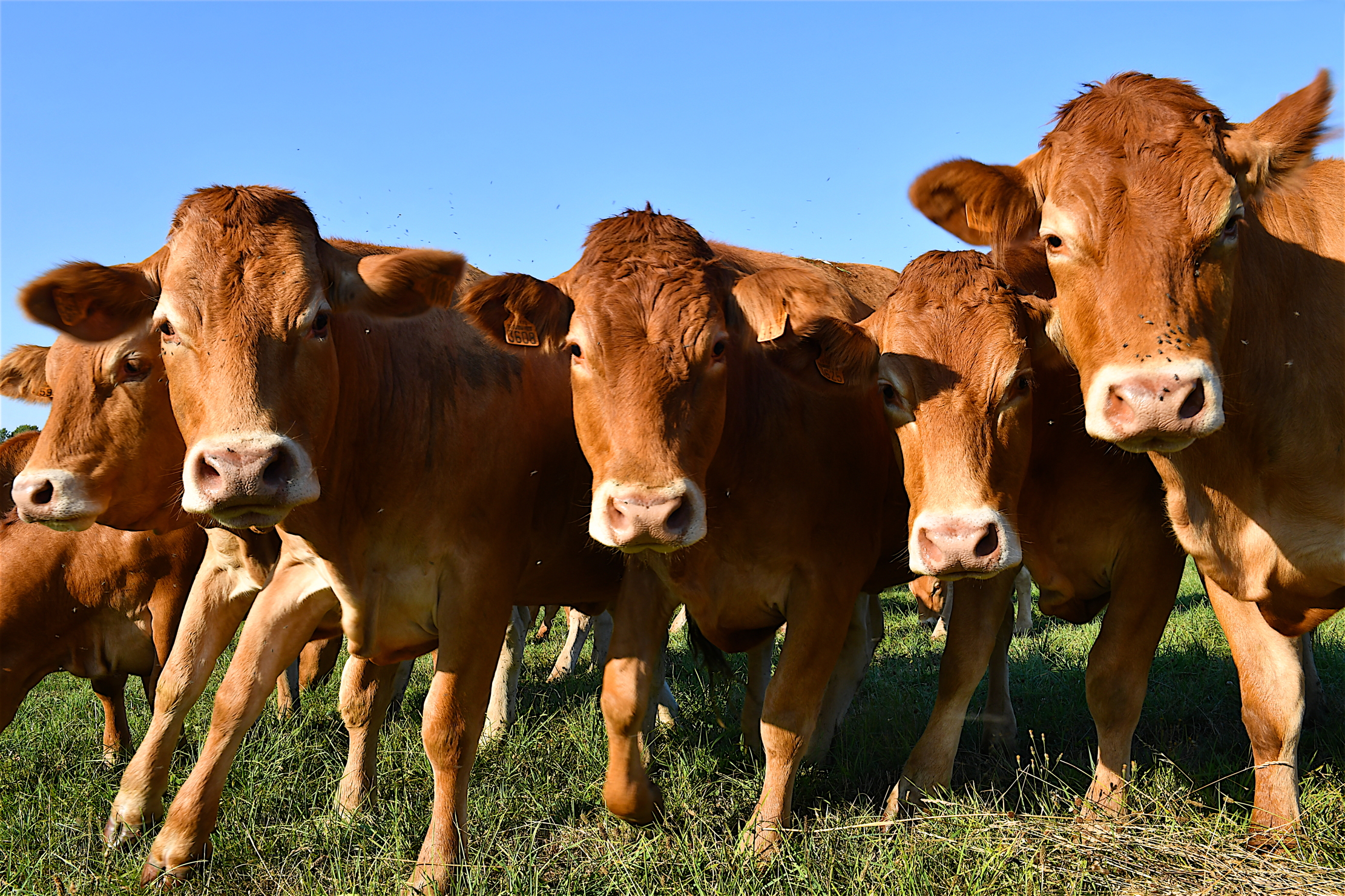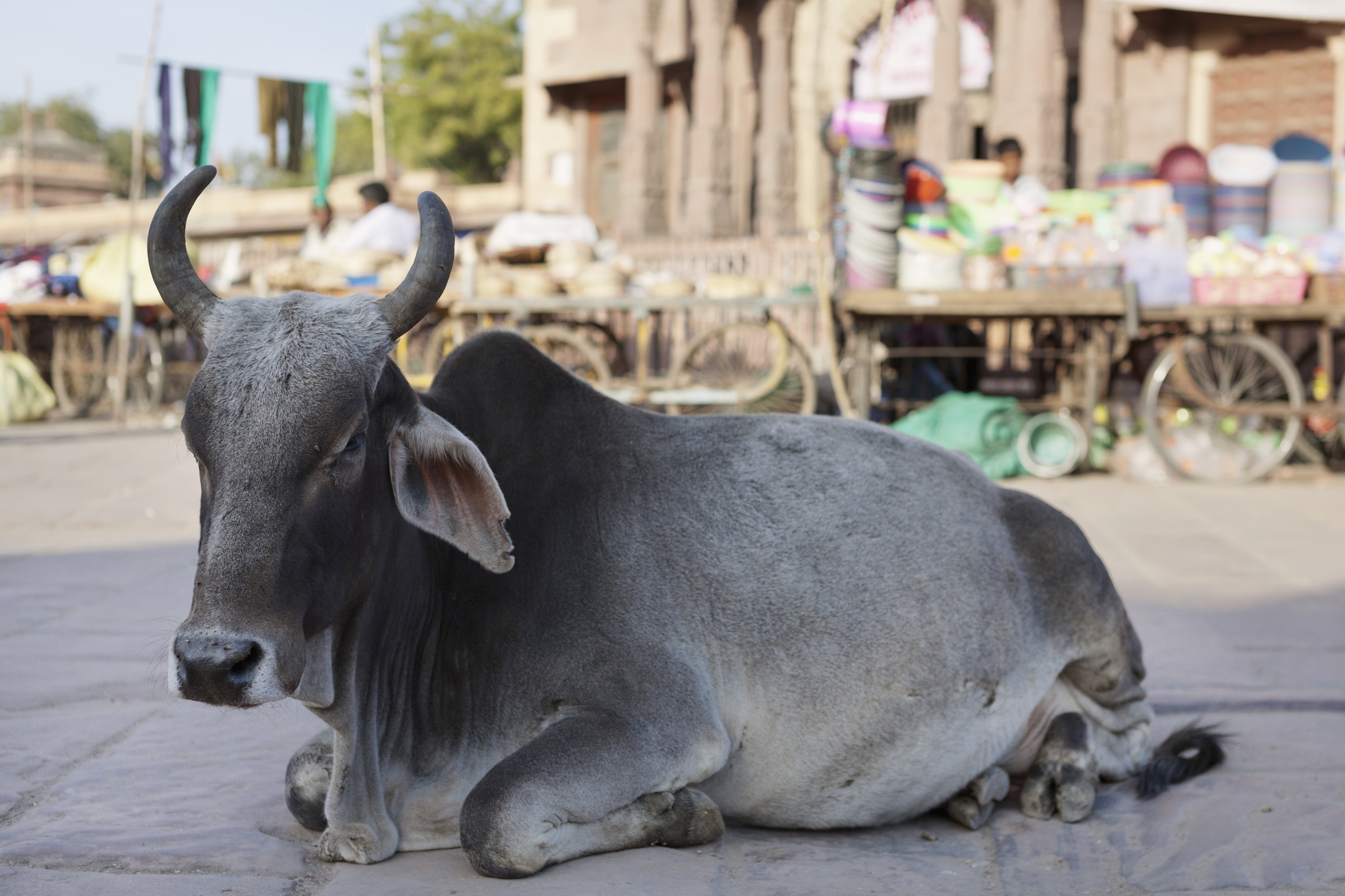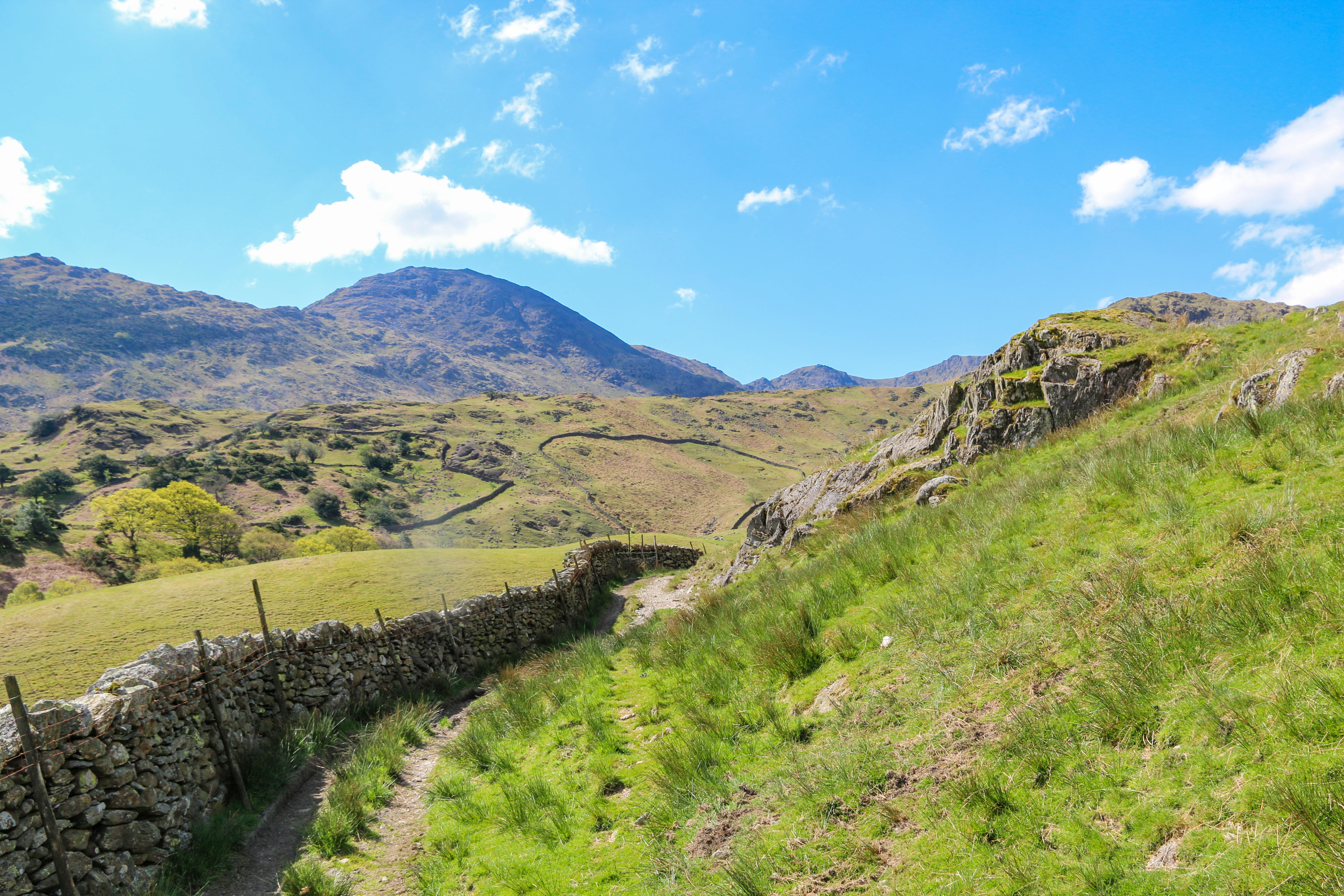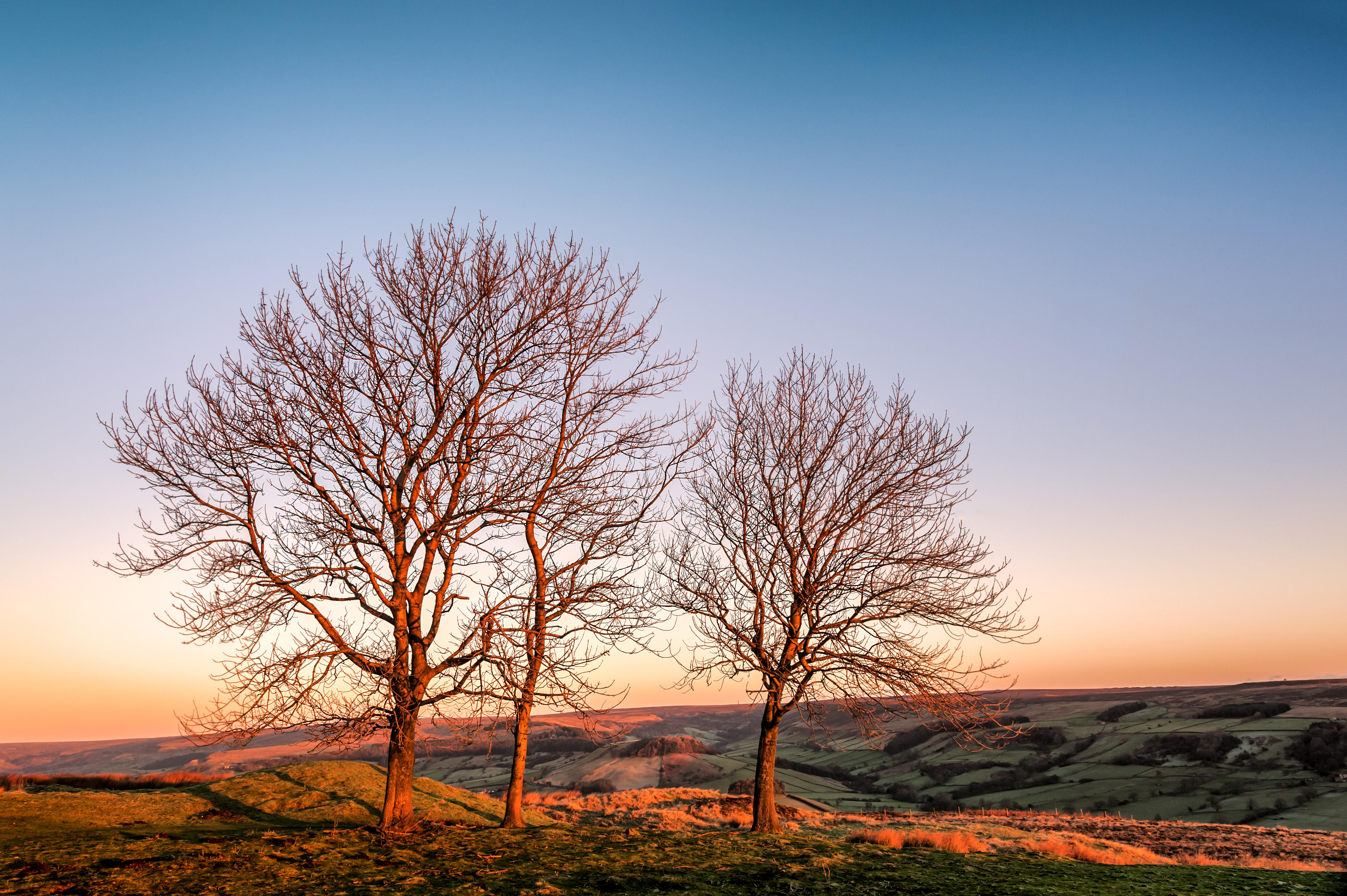John Lewis-Stempel: Never look after other people's animals
Our countryside columnist does a friend a favour, and ends up having to free a half-ton heifer from a muddy trench.


For show business, W. C. Fields coined the axiom: ‘Never work with children or animals.’ The farming version of this sagacity is: ‘Never look after other people’s animals, be they pets or livestock.’
Today offered further proof of this law, which is as immutable as gravity. In a reciprocal favour to my neighbour, Will, I am caring for his farm as he attends a wedding ‘down south’. His sheep-and-cattle enterprise in the hills above Hay-on-Wye runs like perpetual-motion clockwork. My only real job is the moving of his small herd of Limousin cattle from their secure night paddock to their day-grazing on an open hillside and then escorting them back in the evening.
All went well this morning at 7am; I let the Lims out, supervised their crossing of the lane, in the manner of a lollipop man, to the hill and fastened the electric fencing behind them. They know the routine by heart. The sun was shining, the skylarks were singing in a sky the perfect blue and fragility of eggshell and the air, even in these far-off hard hills, carried the soft caress of spring. I went home and tended to my own livestock.
At 5pm, I returned to Will’s farm to bring the cows home. As soon as I got out of the Jeep, I knew it was trouble. Trouble with a majuscule T. Usually, the cattle would be waiting at the exit to the lane, standing with the sort of patience that humbles humans. Instead, they were grouped silent and still on the other side of the field, as if arrested in the child’s game of statues. I walked across, knowing — with heavy feet, heavy heart — and pushed through the herd cooing: ‘Okay girls, okay girls.’ You don’t want 10 x 400kg of Limousin milling about in a panic.
Down in the ditch was the ‘Trouble’, the source of the bovine vigil. A heifer, on deciding to browse the hedge on the other side of the ditch, had overreached herself and slid into the abyss. The evidence was sufficient even for a Watson. At the edge of the ditch were two downward parallel grooves from her front hooves—and a curved single furrow from her rear hooves—as she had skewed around and down into the chasm. In an attempt to extricate herself, she had walked downhill… where the void got deeper, as did the red-clay ooze at its bottom. Abyss. Chasm. Void. The channels for rainwater on Welsh Border hills are formidable. She was 6ft down. I could have stepped on her back.
'How to extract a panicked, foam-mouthed heifer up to her belly in mud in a trench?'
I do not cow-shame, so I will not tell you the name and number of the heifer that got stuck in the mud. And I did not blame her for browsing the hedge; she had chewed at the twigs and flower tassels of elm. English elm may be, courtesy of Dutch elm disease, near extinct as a tree, but it is common enough as a shrunken specimen in the hedgerow and it is catnip to cattle.
Indeed, in olden days, elm leaves and bark were fed to the beeves and shaven bark steeped in water made a slime that was given to calves as a nutritional supplement. The English elm is no such native thing, being brought here by Bronze Age farmers, quite possibly as cattle fodder. Apart from its value as feedstuff, elm has demulcent and astringent qualities, making it veterinary medicine as well. So, no, I do not judge her for her browsing.
Sign up for the Country Life Newsletter
Exquisite houses, the beauty of Nature, and how to get the most from your life, straight to your inbox.
Yet how to extract a panicked, foam-mouthed heifer up to her belly in mud in a trench? Luckily for her, I have form on the extraction of bovines from mire. I ran or, at least, perambulated as fast as Wellies allow, up to Will’s farmyard. I fancied using his brand new John Deere tractor, but that was locked in a barn to prevent its GPS system being nicked, a rural crime of dismaying familiarity, the stolen artefact usually ending up east of the Oder.
I had the keys, however, to his other tractor, an International 784 with a front loader. Boxy. Red. Forty years old. A children’s board book sort of tractor. I swung up into the cab — I’ve put in some hours on Internationals — and the nose-catching diesel scent, the yellow-foam spill from the tear in the black vinyl of the seat were homely.
I hitched up a trailer, any trailer, for ballast. Found a chain you could moor a ship with. Rummaged around in the fuliginous back of the stone barn and pulled out a stack of hessian sacks someone from another time, that of Hardy or Eliot, had thought ‘might be useful one day’. And they were right.
I threw the sacks in the trailer. Got back in the 784, pulled the throttle well down and really shifted it along to the stuck-fast cow — her herd gathered still in observance, not as rubberneckers, but as concerned confréres — before angling the tractor uphill, to face her, and laying down twin-lines of sacks, a hessian trackway, because a grassy Welsh Borders hill after the rains of winter is a geomorphic exercise in slickness. You need some grip.
Then I went down into the ditch and fiddled the chain under the heifer’s front legs. At which point, to an observer, I must have looked molten, or perhaps a creature from the swamp, muddied up to my chest. It’s odd the things the farmer sees, obliged by the job to encounter Nature. On the ginger back of one of the Lims, a magpie pecked with intent, an avian de-louser, a textbook example of bovine-bird symbiosis. Anyway, back to the rescue.
After moving the tractor to the ditch edge, then hitching the chains and thus the cow to the front loader, I prayed and started raising the front loader. For a moment, the tractor tipped forward under the weight of the heifer, but there was then a schloup as she came free of the mud, like a cork out of a bottle. Her front legs scrambled for relatively terra firma as I reversed slightly. And she was landed. Drama done. Five minutes later, the herd and I crossed the lane to the night paddock. I noticed that Marjorie, the heifer with ear-tag number 54, seemed to have been dipped up to her waist in pink dye.
Twice crowned victor of the Wainwright Prize for Nature writing, for ‘Where Poppies Blow’ and ‘Meadowland’, John Lewis-Stempel’s latest book, ‘La Vie: A year in rural France’, is out now

John Lewis-Stempel: The beauty of the beach in winter
On a dull February morning, John Lewis-Stempel is consumed by childhood memories of the allure of the seashore, from the

Credit: Paul Panayiotou/Getty Images
A dairy farmer's view of Jaipur, the city where traffic stops for sacred cows
Jamie Blackett files his final Farming Life column from the pink city in India, and reflects on how different cultures

Helen Rebanks: Farming, food, the meaning of life... and dogs stealing birthday cakes
Helen Rebanks, the bestselling author who became Britain's favourite farmer's wife, joins the Country Life podcast.

John Lewis-Stempel: On top of the mirey, merey moor, in the heart of James Herriot Country
With the wet December sleet pelting down on his tweed cap, John Lewis-Stempel and his terriers ascend Chimney Bank on
-
 Seven of the UK’s best Arts and Crafts buildings — and you can stay in all of them
Seven of the UK’s best Arts and Crafts buildings — and you can stay in all of themThe Arts and Crafts movement was an international design trend with roots in the UK — and lots of buildings built and decorated in the style have since been turned into hotels.
By Ben West
-
 A Grecian masterpiece that might be one of the nation's finest homes comes up for sale in Kent
A Grecian masterpiece that might be one of the nation's finest homes comes up for sale in KentGrade I-listed Holwood House sits in 40 acres of private parkland just 15 miles from central London. It is spectacular.
By Penny Churchill